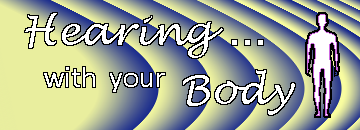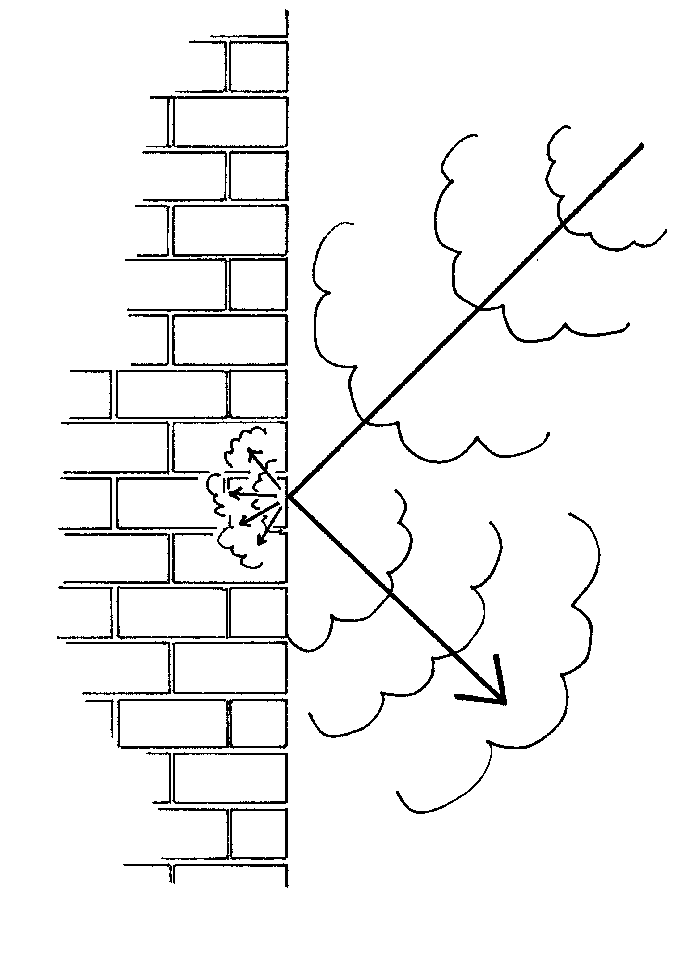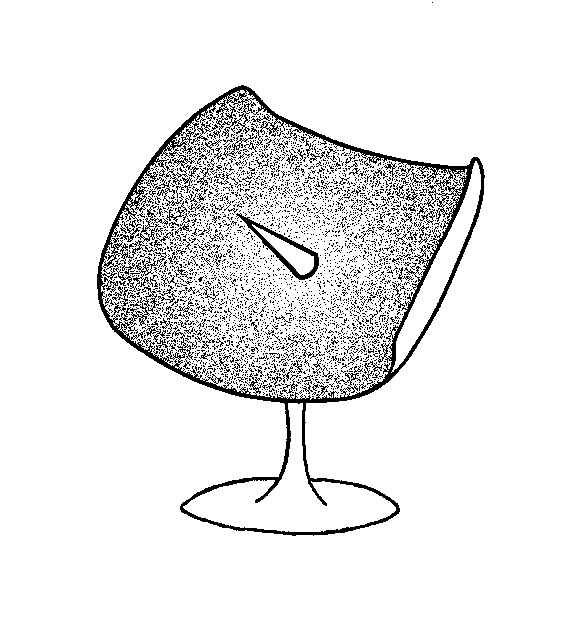



Sound is an energy of vibration passing through a physical medium. It spreads out from the point of origin. If it reaches a discontinuity in that medium (say a hard surface) some of it is reflected and some passes into the new medium. |
|
The air around us is just such a physical medium. It is like an ocean we are floating in. The solid structures around us (floors, walls, the ground) also provide a medium for sound to travel. |

|
Sound reaches us through any physical matter we are in contact with. Some of the sound bounces off our skin, some passes into the structures of our body. |
|
We usually associate the perception of sound solely with the ear. Certainly the ear is the main organ of sound perception. With it, we tune into sounds and make them intelligible. But we have a secondary perception of sound that comes from the sound around us vibrating in the tissues of our body. I call this ‘bodily hearing’. |
|

|
The body is like a radar dish, registering the vibrations coming to us from all around. |
The ear is the tuning cone in the centre of that dish, which is able to tune in to a particular sound and direct it to our brain for interpretation. |
|
Sound is an energy of vibration passing through a physical medium. It spreads out from the point of origin. If it reaches a discontinuity in that medium (say a hard surface) some of it is reflected and some passes into the new medium. |
||
The air around us is just such a physical medium. It is like an ocean we are floating in. The solid structures around us (floors, walls, the ground) also provide a medium for sound to travel. Sound reaches us through any physical matter we are in contact with. Some of the sound bounces off our skin, some passes into the structures of our body. |
 |
|
We usually associate the perception of sound solely with the ear. Certainly the ear is the main organ of sound perception. With it, we tune into sounds and make them intelligible. But we have a secondary perception of sound that comes from the sound around us vibrating in the tissues of our body. I call this ‘bodily hearing’. |
||
 |
The body is like a radar dish, registering the vibrations coming to us from all around. The ear is the tuning cone in the centre of that dish, which is able to tune in to a particular sound and direct it to our brain for interpretation. |
|
* * * * *
Here are some simple exercises that will help you develop an awareness of bodily hearing:
Exercise 1: Raise and lower your arms very slowly. Imagine you are a large bird. Feel the small currents of air you are creating as they pass over your skin. Do the same whilst rolling your head.
Exercise 2: Hum to yourself. Feel the sound vibrating all over and through your face and neck as you do so.
Exercise 3: Tap your knuckles lightly over your legs. Hear the different sounds and feel the different internal vibrations as you tap muscles, bone and fatty tissue.
Exercise 4: Listen to the sounds about you and tune in to a low vibration, then one that is high. Listen to sounds that are originating close to you and then to sounds that are distant.
Exercise 5: Listen to any distant sound. Feel the physical sensation the sound makes in your body as you hear it, then picture what is making the sound. Isolate the physical sensation from the interpretive function.
Hearing with your body. (this page)
Acoustic hearing.
Using breath to make sound.
From sound to speech.
Active reading.
From sound to symbol.